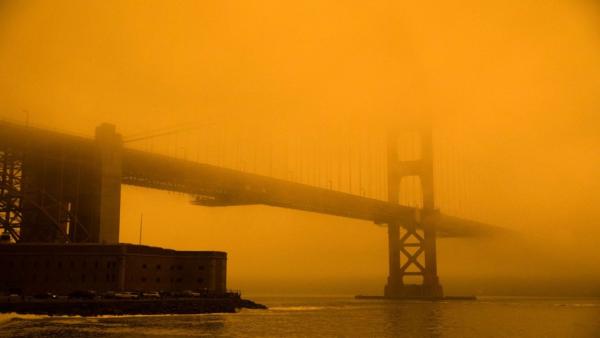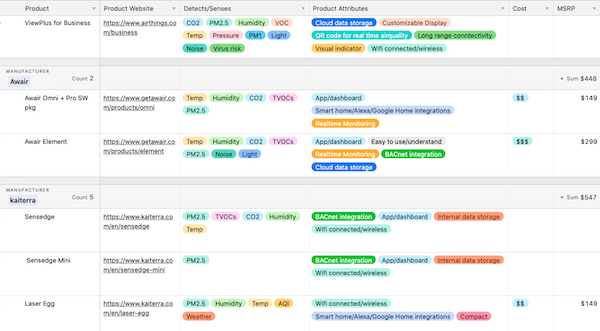Image credit: Douglas Zimmerman, SFGATE
We know living near freeways makes people sick, and children living in close proximity to highways are at a significantly increased risk of exhibiting asthma symptoms. In other words, long-term exposure to traffic-related pollution causes serious health issues. But what about short-term exposure to smoke from wildfires or wood-fired heating? A few days of smoky skies may not seem like such a big deal, but the fine particles in smoke can penetrate deep into your lungs and cause a range of health issues. Though vulnerable populations are often advised to protect themselves from smoke exposure, healthy people are also at risk for respiratory symptoms, transient reductions in lung function, pulmonary inflammation and heart impacts. Not only does the air pollution from the smoke and its byproducts (like ash) pose a risk, but chemicals in plastics and elsewhere can also be released into the air from burning structures and furnishings.
Shutting yourself inside your home or office presents its own set of problems. Carbon dioxide, chemicals and other pollutants can accumulate if fresh, filtered outside air isn’t provided. But enough doom and gloom. What can we do about it? Given current wildfire trends it seems like we’re going to have poor air quality, at least part of the year, indefinitely. So, if this is our new reality, what can we do to adapt?
On new buildings, we have the opportunity to apply a logical framework with three major steps to improve indoor air quality: 1. Eliminate, 2. Ventilate and 3. Clean. But the reality is that most people don’t have the opportunity to build new or renovate their existing home or building, so they often need to skip straight to the third strategy: Clean. Here is a list of recommended portable air purifiers that remove pollutants from the air. These are the ideal choice for renters or homeowners who are not able to embark on steps 1 and 2. If you’re not in a position to control the air coming into your space, at least you can reduce the harm it does through cleaning it. For more insight into the tradeoffs between CO2 and fine particles, air quality monitors can also be useful. Below are various monitors that the Beyond Efficiency team has researched or used in their homes:
Click image for Beyond Efficiency's full product guide to air quality monitors
For new construction or renovations, following are details on the first two steps in the framework:
Strategy 1.
Eliminate focuses on source control by minimizing pollutants by design. Here are some major considerations and what to do about them:
- Emissions: reduce the amount of Volatile Organic Compounds (VOCs) and Semi-volatile Organic Compounds (SVOCs) coming into a building via thoughtful interior material specifications and product choices
- Mold: avoid mold with effective rainwater management, proper building assemblies and mitigation of plumbing leaks
- Wildfire smoke, pollen: design and construct a highly airtight building enclosures to prevent a building from ‘breathing in’ these irritants
- Radon: contain radon with a sealed slab or crawlspace and by depressurizing underneath the vapor barrier
Strategy 2.
Ventilate highlights the importance of controlling the air coming into and going out of a building (build tight, ventilate right!). We always recommend a dedicated mechanical ventilation system (separate from heating and cooling) with balanced supply and exhaust airflows and filtered ventilation supply air. A balanced system minimizes backdrafting (a major issue for combustion appliances), is more efficient when using a heat or energy recovery system (HRV or ERV) and maximizes filtration of supply air.
Accepting that wildfire ‘season’ is here to stay, as unfortunate as that reality is, allows us to plan for everything that wildfires imply and adapt our design strategies to meet these new issues head on. To learn more, browse the slides from a presentation and discussion our team facilitated for AIA East Bay earlier this year.































